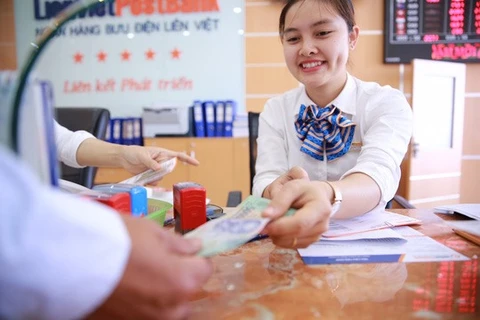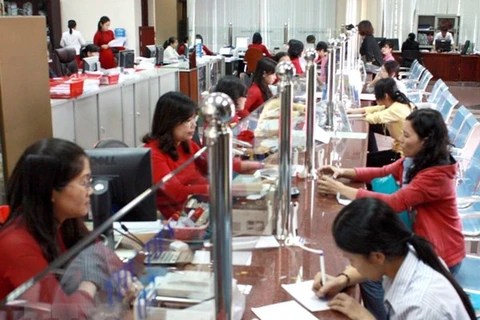Hanoi (VNS/VNA) - The Vietnamese Ministry of Finance (MoF) on December 18 said Moody's Investors Service’s decision to confirm Vietnam’s rating at Ba3 but change the outlook to negative was not appropriate, given it is grounded on an isolated incident and does not adequately recognise the Vietnamese Government’s instituted policies and procedures to ensure smooth and timely debt repayment on government guaranteed borrowings.
On December 18, Moody's released the latest rating action on Vietnam, confirming the Vietnamese Government’s Ba3 local and foreign currency issuer and senior unsecured ratings, and changed the outlook to negative, concluding the review for downgrade that was initiated on October 9, 2019.
Earlier, on October 9, Moody's announced to place the Ba3 local and foreign currency issuer and senior unsecured ratings of the Vietnamese Government under review within three months for downgrade, saying the decision was driven by institutional deficiencies that have come to light. In particular, Moody's became aware of delayed payments on an obligation by the Government.
Under the new rating action, Moody’s said the confirmation of the rating reflects its assessment that enhanced attention by the administration on forthcoming payments of all the government's debt obligations, direct and indirect, reduces the risk of renewed payment delays.
The Ba3 rating is underpinned by strong growth potential and economic diversification, supporting the economy's capacity to absorb shocks, including a prolonged slowdown in global trade. The rating also reflects Moody's expectation that the government's direct debt burden will decline gradually, from moderately high levels, and debt affordability will improve.
Moreover, while the rapid build-up of a large and diversified manufacturing sector denotes policy effectiveness, Moody's assesses the country's institutions and governance to be relatively weak, including administrative deficiencies revealed in the delayed debt payments. And although the financial health of Vietnamese banks has improved over recent years, the banking system remains the chief driver of overall event risks for the sovereign.
The negative outlook reflects some ongoing risk of payment delays on some of the government's indirect debt obligations, in the absence of more tangible and significant measures to improve the coordination and transparency around debt management within the administration.
According to the MoF, Moody’s acknowledged in its press release that with a coordinated focus on ensuring that the payments are planned for and processed promptly, the risk of renewed delays has significantly receded. Nevertheless, the MoF believes Moody’s signal to keep monitoring Vietnam’s credit profile with a negative outlook is incommensurate with the strong and timely directives of the Government, as well as the set of drastic measures which the Government of Vietnam, the MoF and competent authorities have implemented to improve administrative coordination and to immediately address the payment delays on the Government’s contingent liabilities, ensuring no loss for creditors.
“On this occasion, the MoF affirms that the Government of Vietnam always honours all debt obligations in a reliable and timely manner as per commitments pledged with development partners and international financial institutions. This principle has been unambiguously demonstrated as the Government of Vietnam has proactively performed the guarantor’s obligation in debt servicing even in the absence of an official demand from the creditors,” the MoF said in a statement.
According to the MoF, to prevent potential future payment delays on contingent liability of the Government, which may cause unnecessary misconception in the investor community about the Government’s debt repayment capacity and adversely affect the country’s reputation and national image, the Prime Minister has directed the MoF and competent authorities to allocate sufficient resources to ensure timely payments on both direct and indirect debt obligations.
“In the coming years, the Government of Vietnam shall continue to pursue enabling policies to ensure macro-economic stability, improve the country’s competitiveness, accelerate institutional reforms and utilise resources to ensure debt repayment capacity and debt sustainability,” the MoF noted.
The MoF and competent agencies are willing to provide information to underline the Government’s firm commitment to fulfilling debt obligations in a transparent manner, the MoF said, expecting that Moody’s, other rating agencies as well as international organisations shall have adequate information and concrete evidence to form a more accurate assessment of Vietnam’s strong credit profile
At the latest rating of Moody’s, Vietnam's long-term foreign currency (FC) bond ceiling at Ba1, its long-term FC deposit ceiling at B1 and its local currency bond and deposit ceilings at Baa3 were unchanged. The short-term FC bond and deposit ceilings also remained unchanged at Not Prime./.
VNA
























